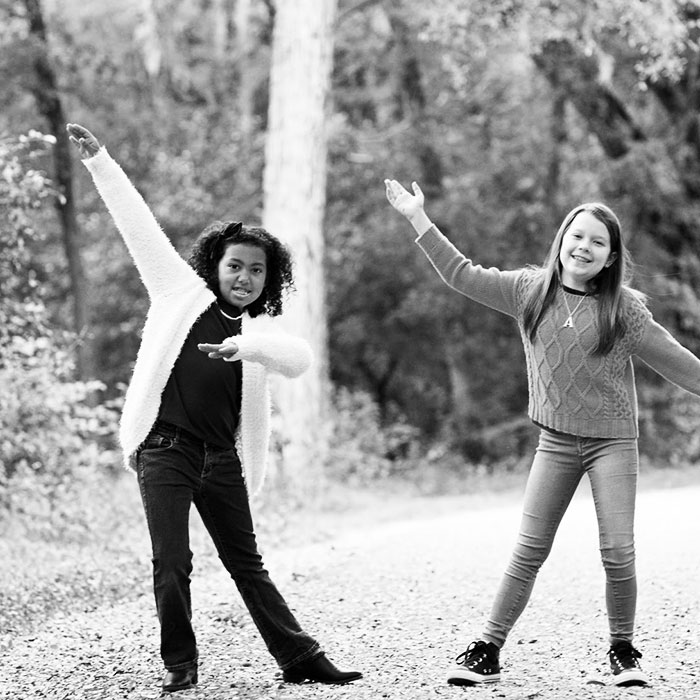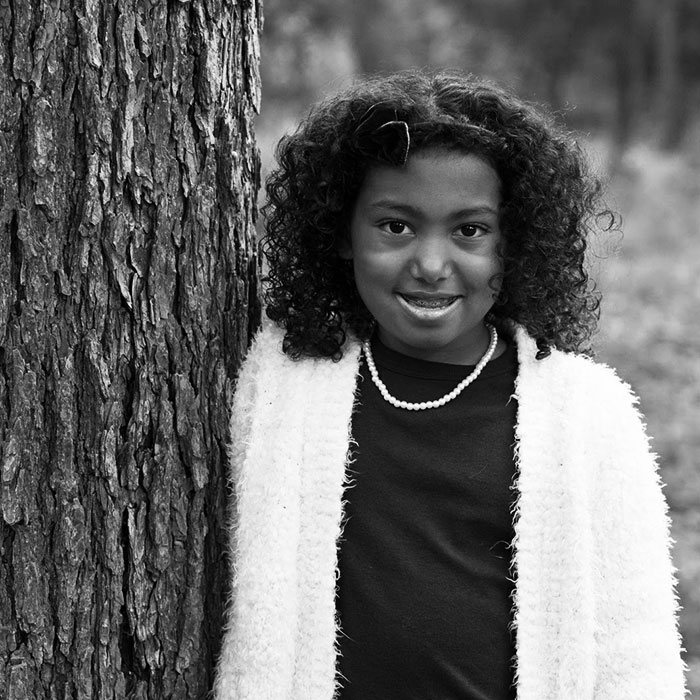



jessica
ADOPTIVE PARENT
I remember vividly the day I received a call from our caseworker that an expectant mother had chosen us and wanted to talk to me on the phone. We made arrangements to visit her and her family in Phoenix later that month. Before we ended our short trip to Phoenix, we decided to reveal our last name and email address. This was the first step in an open adoption.
When she texted me to say she was in labor, we threw our bags in the car and drove from San Antonio straight to Phoenix. We took placement of Olivia when she was two days old and visited with her birth mother and her family a couple more times before we had permission to head back to Texas.
When Olivia was born, we opened up our adoption a little more by sharing our address. We continued to text and talk on the phone about Olivia. At this point, we didn’t need to send updates through Gladney because we were communicating directly. As Olivia neared her first birthday, her birth mother asked if she could come and visit. For the next few years, we would fly her out every other year for a visit.
As Olivia approached 5 years old, we decided it was time to include her siblings in a visit. I cannot fully explain the joy we all experienced watching all the siblings play together. For Olivia to see her own physical traits in her biological siblings and to share some of the same personality traits provides her answers that we never could have provided without an open adoption.
I view our relationship with her birth mother as a relationship with any family member. We are navigating this journey and relationship for the benefit of Olivia. Olivia knows I am her mom, but she also knows she is loved by her birth mother and that her birth mother made a loving decision by choosing us to be Olivia’s parents.